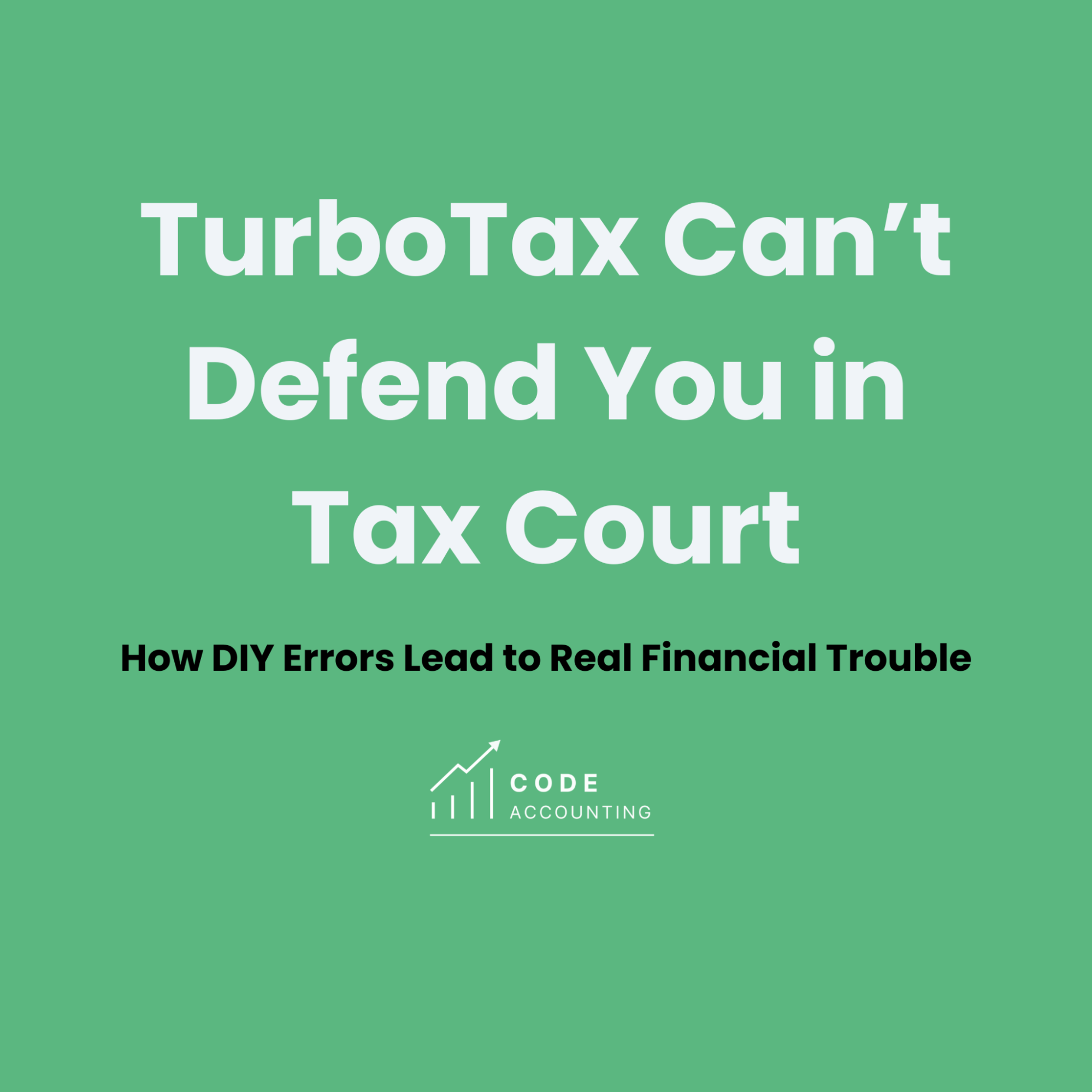Keeping Your Gains
In the financial world, capital refers to the things you own that have value. When you sell those things, you either make more than the original cost, sell for less than the original cost, or, in rare instances, break even. This is a painfully simple explanation of the concept of a capital gain and a capital loss.
To determine what your capital gains are, you have to know what the IRS considers your “basis of assets” to be. The IRS defines that as: “generally the amount of your capital investment in property for tax purposes.” In other words, basis of assets are what you put into that investment to begin with, including initial costs like the sales tax you paid on those assets. In the case of stock, the basis of assets would be the purchase price of those bonds, plus transfer fees and commissions.
What is less simple, and far more complicated, is understanding under what conditions the IRS will tax those gains as a component of your income—and when you can claim an exemption. Unless you know those specific conditions, the IRS is highly unlikely to inform you that you actually don’t have to pay that amount in taxes. This is especially true when navigating California capital gains tax, which can impact your bottom line even more if not carefully planned for.
Here are a couple of the key conditions you should know about.
1031 Exchanges
If you sell a property or business, hopefully, you’ve come out with a gain. That gain is subject to a capital gains tax. But what if you’re reinvesting those gains?
In that case, under IRC section 1031, you’re eligible for a tax deferment. This applies in many states—including in 1031 exchange California scenarios—as long as specific rules are followed.
At its core, a 1031 exchange protects an investor’s assets when they are using gains to reinvest. But there are some restrictions and qualifications. The requirements for a valid 1031 exchange include using both the relinquished and replacement property for trade or investment. That means the house you live in, your vacation home, or a second home won’t qualify to defer tax liability.
You have 45 days from the initial sale to identify the replacement property. Importantly, don’t touch the investment money. If you take control of the cash before the exchange, your gains immediately become taxable. Some investors ensure they stay eligible by using a qualified intermediary to facilitate the exchange and keep the transaction clean on paper.
When filing your return, you’ll use Form 8824—the official like kind exchange form—to report the details of the transaction. You’ll be asked to provide:
- Descriptions of the properties exchanged
- Dates that properties were identified and transferred
- Any relationship between the parties to the exchange
- Value of the like-kind and other property received
- Gain or loss on sale of other (non-like-kind) property given up
- Cash received or paid; liabilities relieved or assumed
- Adjusted basis of like-kind property given up; realized gain
Who can do this?
- Individuals
- C corporations
- S corporations
- Partnerships (general or limited)
- Limited liability companies
- Trusts
- Any other taxpaying entity may set up an exchange of business or investment properties for other business or investment properties
To be eligible for a 1031 deferment, you have to make sure the property you’re investing in is “like kind.” The IRS doesn’t have very specific language for this, so it’s been open to interpretation. Generally, you need to invest in something similar in nature to the previous asset—think real estate for real estate, or a business use property for another business use property.
There’s no limit to how many times you can use a 1031. This deferment can be a powerful tool, especially when planning how to avoid capital gains tax in California, where the rates can significantly impact reinvestment potential. If those initial gains aren’t taxed, you have more to invest in your next asset. In just a few years, this can add up to tens of thousands of dollars in retained value.
While you will eventually report gains when you cash out entirely, overall, the 1031 strategy helps you build wealth over time by deferring taxes and reinvesting more capital.
Section 121 Exclusions: Home Sale Gain Exemptions
What is Section 121 exclusion, and how can it help with taxes on your primary residence?
A 1031 exchange cannot be used on a primary residence, but there is still a way to reduce your tax liability when it comes to selling your home.
If you sell your primary residence and walk away with a gain, that amount would typically be considered part of your taxable income. However, under Section 121 of the Internal Revenue Code, you may be able to exclude up to $250,000 (or $500,000 for married couples) of that gain from your income.
There are two requirements:
- You must have owned and used the home as your main residence for at least two of the five years leading up to the sale.
- You can only claim this exclusion once every two years (with some exceptions for hardship).
If you’re dealing with unexpected life changes, such as job loss, relocation, or health challenges, you may qualify for a partial exclusion even if you don’t meet the full two-year rule.
In rare cases, it’s possible to combine a Section 121 exclusion with a 1031 exchange, typically when the primary residence also has investment or business-use components. A good example would be a farmhouse with accompanying land or a duplex where the owner occupies one unit and rents out the other. Situations like these require documentation, planning, and support from a qualified tax professional—but they can lead to substantial savings.
Nuances like these can make a big difference in what you owe come tax season. Understanding both 1031 exchange California rules and home sale exemptions under Section 121 is key to reducing your liability and keeping more of your gains.
In the coming weeks, we’ll be releasing more resources on tax law, investment strategies, and compliance tips. Follow us on social media or subscribe to stay updated.





